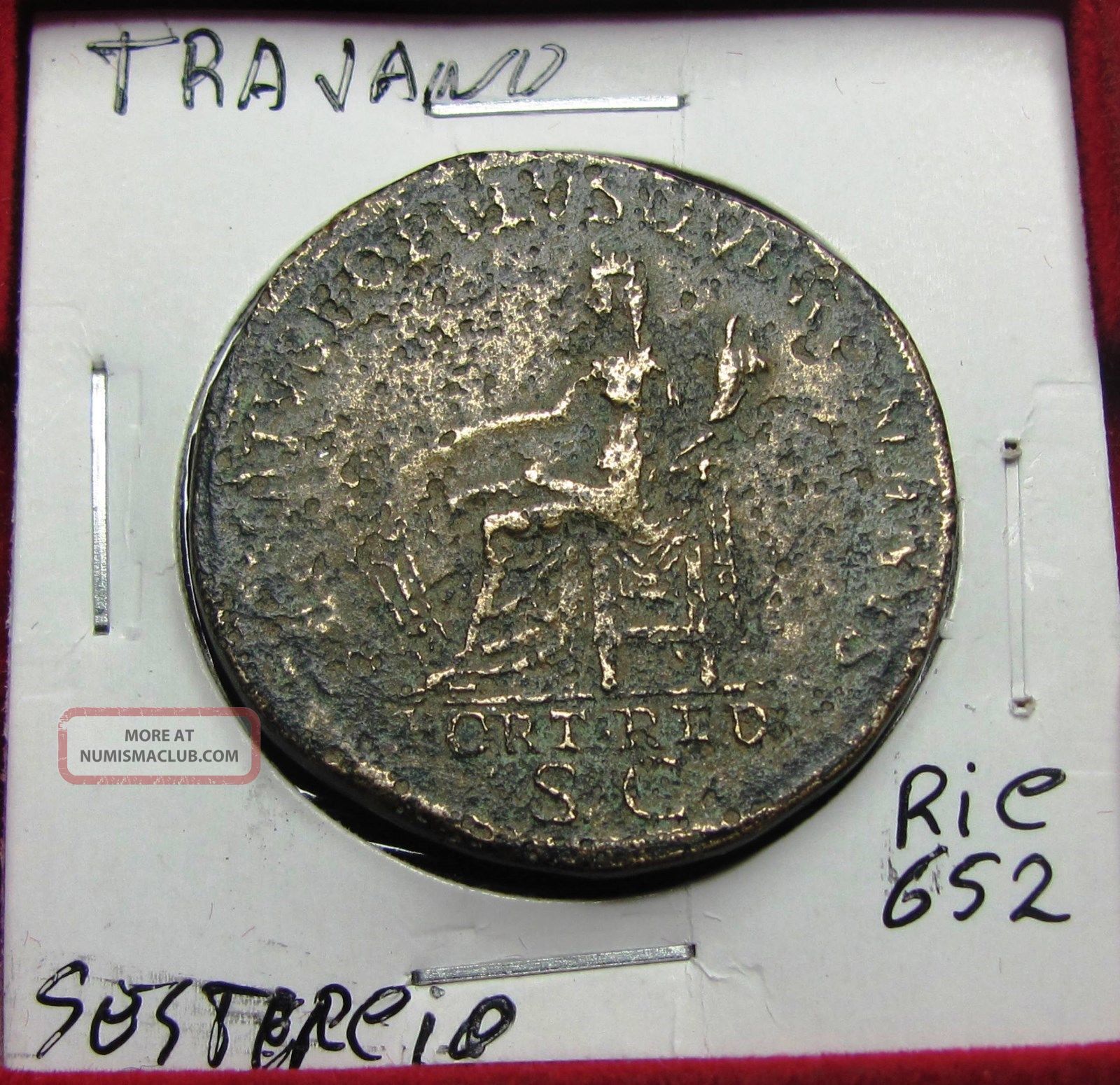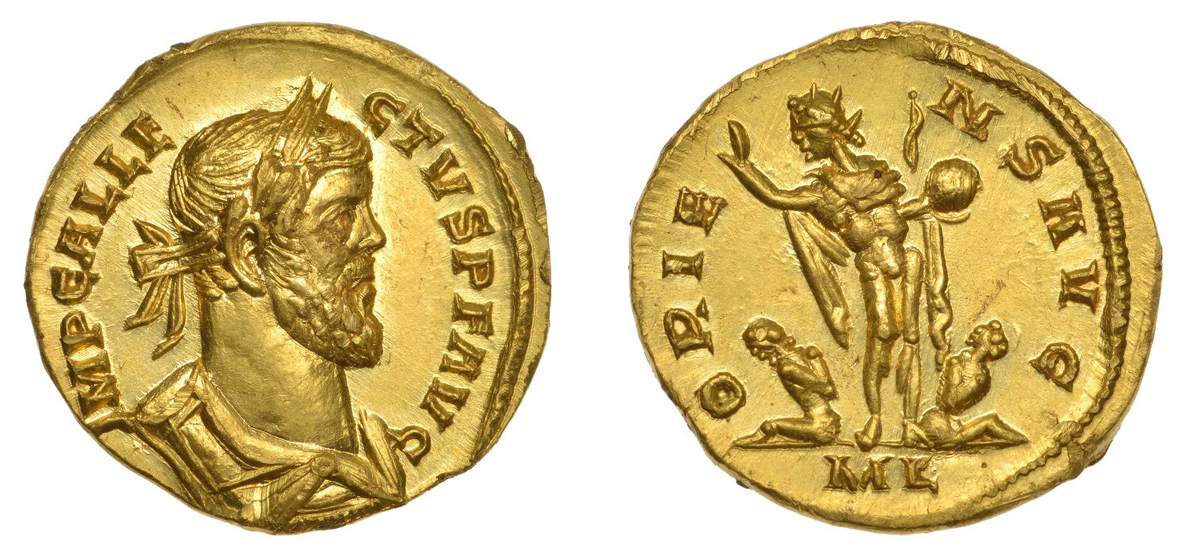
Coinage was even issued sporadically in gold to help fund the war effort. The Second Punic War (218-201 BC) devastated the Roman economy: existing coinage underwent a severe reduction in weight, although the stated value remained the same to enable the mint’s supply of bullion to be stretched further. The Aes Signatum totally disappeared silver coins were equated to the value of three asses finally, common symbols and elements arose and predominated (all c. But a general system steadily became rationalised, until a relationship between the systems was defined. These coinage systems emerged in ad hoc fashion, and at first fit awkwardly into the pre-existing economies of each region. Like the Aes Signatum, they were cast in Rome at the Temple of Juno Moneta on the Capitoline.

‘I’ above the prow marks its denomination.Īll Aes Grave coinage marked denominations on the reverse, and generally featured standardised designs with a fixed deity on the obverse. Hellenization grew as a result of Roman expansion this is clearly reflected in the predominantly Greek designs and iconography of Roman coins from the beginning.Īes Grave As (230s BC): Janus obverse, ship’s prow reverse. Indeed, mercenaries seem to have been responsible for much of the coin production in Magna Graecia (former Greek colonies in Southern Italy, Sicily and beyond), and were perhaps the primary reason why Rome’s great enemy Carthage issued any coins at all (their armies were entirely composed of mercenaries).Ĭoinage in the Roman world must have also arisen from a desire to compete with the Greek world. Mercenary soldiers were also likely to have been paid in coins. Most probably, coins were thought convenient for official purposes, such as repaying loans to the state from private citizens, or for construction projects or religious dedications. At this early stage, the Roman economy was only a partially monetarised system: it is unlikely that there was any popular usage yet. None of this was ever properly planned scholars still debate about what the precise original functions of this coinage even were.Ĭoins were produced in very low quantities, particularly when compared to the amounts of precious metals that were plundered in warfare. Initially, Roman coinage was a part of three separate money systems, which had arisen organically and independently of one another, but were gradually rationalised: (1) Aes Signatum (bronze ingots weighing about 1500g) (2) silver and bronze ‘ Romano-Campanian’ coinage (genuine struck coins) (3) Aes Grave (cast bronze disks). Their symbolism was tied to city-state identity, and (later in the Hellenistic period) to the monarchies which held the balance of power in the region. During this period, certain numismatic conventions had already been established, most importantly the preference for round coins, with a portrait in profile on the obverse. Coinage first emerged in Rome around 300 BC, centuries after it arose throughout the Greek world. Rome was very much a latecomer among the monetarised societies of the Hellenistic Mediterranean. The study of coin dies (the design of individual metal stamps inferred through variations in coin appearance) and hoards (large coin deposits removed from circulation at a single point in time) can help us understand how and in what quantity currency circulated.

Metallurgical studies can tell us about economic phenomena such as inflation, particularly when they demonstrate the debasement of currency.

The portraits provide an important data source for how Roman portraiture evolved.

Understanding how the Roman coinage system developed helps us to develop insight into our own numismatic conventions, and can also improve our understanding of Roman history: imagery on Roman coins, especially in the Imperatorial (49–27 BC) and Imperial (27 BC – AD 476) periods can illuminate aspects of what is essentially propaganda. The origin of ‘money’: the location of the temple of Juno Moneta under the church of Santa Maria in Aracoeli, Rome.


 0 kommentar(er)
0 kommentar(er)
